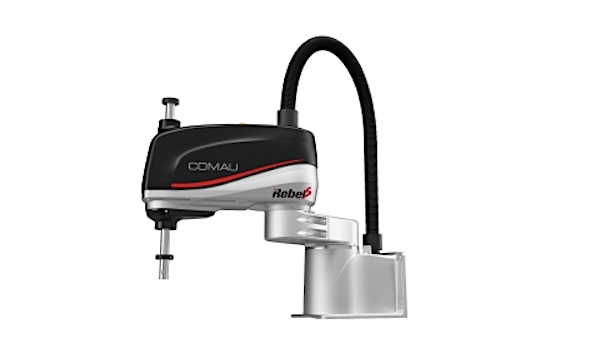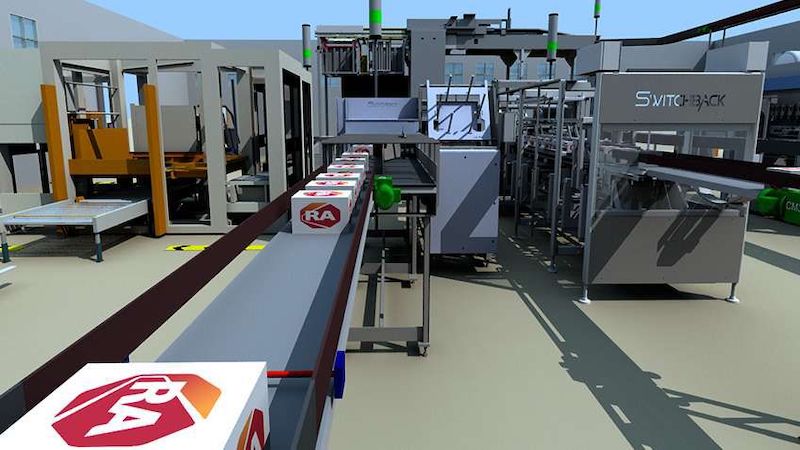Rockwell Automation and Comau Collaborate to Unify Robot Integration and Maximize Efficiency
Rockwell Automation announced a partnership with Comau to combine technology from both companies to create a singular platform for automation and control.
Who is Comau?
Comau is an Italian company that specializes in industrial automation solutions. Founded in 1973, Comau focused on developing robotic systems for production lines and was reportedly the first to produce laser robots (provided to GM for automation of automotive vehicle manufacture). Comau has continued to expand into countries worldwide, including China, Russia, Romania, the U.S., Germany, and the U.K.

Comau Rebel-S robot. Image used courtesy of Rockwell Automation
Today, Comau has over 9,000 employees, operates in over 14 countries, and has eight production facilities. Furthermore, the company holds over 650 patents surrounding automation and robotics. With over 6,000 specialists and 45 years of history, Comau continues to be an industry leader in robotic systems. Comau has competencies in body assembly, machining, power systems, robotics, and press shop automation.
Rockwell Automation and Comau Announce Partnership
Rockwell Automation and Comau announced that they will work together to improve the usage of Comau hardware with Rockwell Automation solutions. One of the biggest challenges facing automating systems is connecting different systems produced by different manufacturers together.
A typical example would be connecting a PLC to an automated robotic object sorter. While the PLC and robotic sorter individually may be easy to program, getting the two to communicate may be challenging. Further, having multiple systems may require operators and plant designers to understand how to use various platforms, which can be challenging to train and may cause confusion.
Comau produces robotic systems, and Rockwell Automation is well-known for its Allen-Bradley PLCs. Until recently, using the two together presented challenges. Now, Rockwell Automation and Comau are unifying the two products to create a singular platform that allows operators to simultaneously design and control Rockwell Automation and Comau products.

A simulation using Emulate3D digital twin software. Image used courtesy of Rockwell Automation
Rockwell Automation has targeted the ControlLogix range of controllers for unifying with Comau robotic arms as well as the Kinetix 5700 drive, Studio 5000 design software, FactoryTalk HMI, FactoryTalk Innovation suite, and Emulate3D digital twin software.
How the Partnership Benefits Industrial Environments
The first significant benefit from a unified platform is teaching plant designers and operators a single software environment. From handling operations on hardware to determining the logic executed by controllers, all aspects of the industrial process are dealt with on a single software system. This removes the need to teach operators multiple platforms.
The second major advantage of using a unified platform is that hardware and software features can be optimized for each other. Combining different platforms can present challenges when trying to optimize hardware and software usage, and communication between different components may not be as efficient as possible. Hence, a singular platform can help to unify and improve communication between different systems.
Thirdly, the use of a singular platform makes it easier for remote monitoring of industrial processes. When systems are segregated into individual components from different manufacturers, it can be hard to see exactly how different parts work together. However, using a singular platform allows the careful monitoring of components, and all communication between different parts can be clearly seen.

 Facebook
Facebook Google
Google GitHub
GitHub Linkedin
Linkedin








